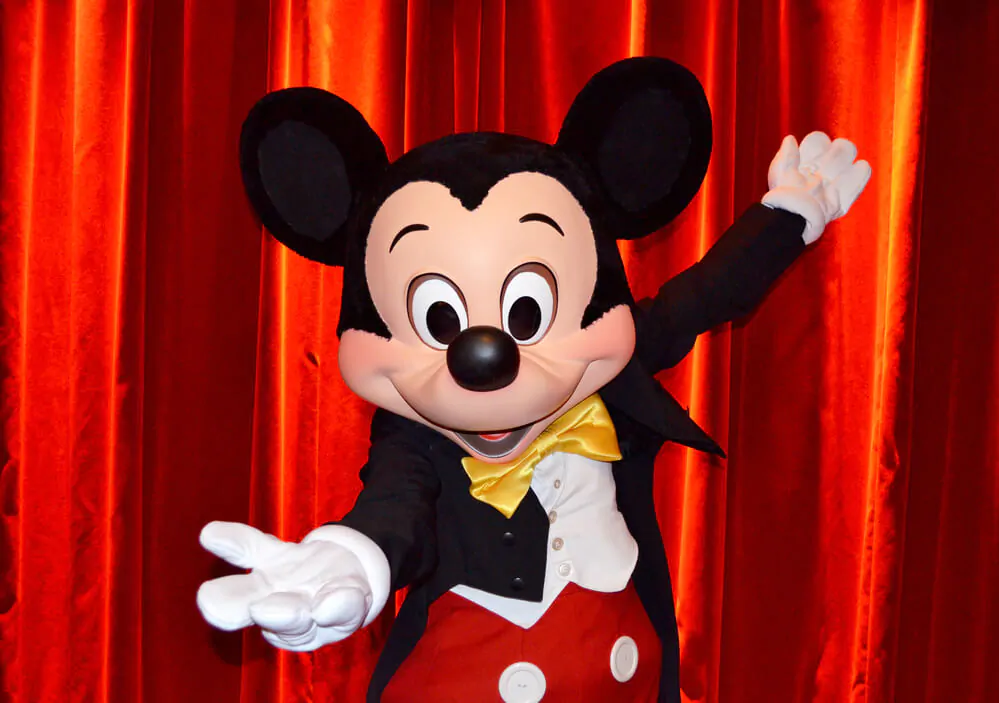No study of literary devices is complete without some alliteration examples. These examples show how to use this device to make your writing stand out.
The English language offers writers many literary devices that make their writing more engaging and interesting. Assonance, figurative language, onomatopoeia, and simile are all examples of these. One that frequently shows up in poetry and children’s literature is alliteration.
According to the dictionary, the definition of alliteration is “the use of words that begin with the same sound near one another.” So, if you have a series of words that start with the same sound, such as babbling brook or wild and wonderful, you use alliteration.
To better understand this literary device, take a moment to explore some classic alliteration examples from culture and literature.
We tested dozens of grammar checkers, and Grammarly is the best tool on the market today. It'll help you write and edit your work much faster. Grammarly provides a powerful AI writing assistant and plagiarism checker.
Contents

What Is Alliteration? How Alliteration Examples Help You Understand
Alliteration is a literary device that allows the first letter of words to match. While it may not work for every letter to be the same in a sentence, the majority of the words, especially the nouns, will start with the same consonant sound or vowel sound.
This literary device is common in tongue twisters and poetry. Alliterative text is also common for structured outlines.
Identifying Alliteration in Written Words
Alliteration is common, but not every sentence that has similar starting sounds is an example of alliteration. Also, alliteration refers to the consonant and vowel sounds, not the letters themselves.
Thus, a “j” and a soft “g” could be examples of alliteration, even though they are technically different letters. This is because they have the same sound and, thus, are alliterative.
Where to Find Alliteration
Alliteration is found in many places, both in everyday speech and in literature. Here are some common places to spot this literary device.
Tongue Twisters
One of the reasons tongue twisters are so hard to say is because they use alliteration. The repetition of consonant sounds makes them hard to say. Here are some examples you may know:
- She sells seashells by the seashore.
- (f sound)
- A big bug bit the little bottle but the little bottle bit the big bug back.
- A tutor who tooted the flute tried to teach two young tooters to toot. Said the two to the tutor, “Is it harder to toot, or to tutor two tooters to toot?” (t sound)
- The sixth sheik’s sixth sheep is sick.
Brand Names
Another place where alliteration shows up is in popular brand names. Repeating the initial consonant sounds makes a brand easier to remember. Some brands that use this literary device include:
- Bed, Bath & Beyond
- Dunkin’ Donuts
- Red Robin
- PayPal
- Coca-Cola
Famous Names

Sometimes in fiction writing or when picking up a pen name, writers will choose to use alliterative phrases. Again, this makes them easier to remember. Some famous examples include:
- Mickey Mouse
- Peter Parker
- Lois Lane
- Marilyn Monroe
- Luna Lovegood
- Spongebob Squarepants
Nursery Rhymes
Nursery rhymes often do more than just rhyme at the end of the word. Many of them also have alliteration throughout. Here are some examples:
“Betty Botter” by Carolyn Wells
This children’s poem uses the “b” sound repeatedly. It’s a bit of a tongue twister but also a classic example of alliteration.
“Betty Botter bought some butter. “But,” said she, “this butter’s bitter! If I put it in my batter, it will make my batter bitter. But a bit of better butter will but make my batter better.” Then she bought a bit of butter, better than the bitter butter, made her bitter batter better. So ’twas better Betty Botter bought a bit of better butter.”
“Peter Piper” by John Harris
This classic children’s poem repeats the “p” sound regularly. It’s quite the tongue twister and remains a popular quotation for preschool parents and teachers.
Peter Piper picked a peck of pickled peppers,
A peck of pickled peppers Peter Piper picked;
If Peter Piper picked a peck of pickled peppers,
Where’s the peck of pickled peppers Peter Piper picked?
“The Gnome, The Gnat & The Gnu” by Shel Silverstein
The repetition of the “n” sound in this children’s poem is an example of alliteration. However, Silverstein emphasizes it by using the “g” before each example to make it stand out.
“I saw an ol’ gnome
Take a gknock at a gnat
Who was gnibbling the gnose of his gnu.
I said, ‘Gnasty gnome,
Gnow, stop doing that.
That gnat ain’t done gnothing to you.’
He gnodded his gnarled ol’ head and said,
‘Til gnow I gnever gnew
That gknocking a gnat
In the gnoodle like that
Was gnot a gnice thing to do.”
Fox in Socks by Dr. Suess
In this classic children’s book, Dr. Suess uses alliterative words that do not necessarily have the same starting sound but do have the same vowel sound, to create a bit of a tongue twister. Here is an excerpt:
“Through three cheese trees three free fleas flew.
While these fleas flew, freezy breeze blew.
Freezy breeze made these three trees freeze.
Freezy trees made these trees’ cheese freeze.
That’s what made these three free fleas sneeze.”
Famous Poems
Many works of literature show examples of alliteration and the repetition of vowel sounds or consonant sounds to give the writing some added rhythm. Some examples you may know include these:
“The Raven” by Edgar Allan Poe
In the raven, Poe regularly repeated consonant sounds. Here’s an excerpt:
“Once upon a midnight dreary, while I pondered, weak and weary,
Over many a quaint and curious volume of forgotten lore—
While I nodded, nearly napping, suddenly there came a tapping,”
In this example, you hear the w, n, and c/qu sounds repeated. Each line has an example of alliteration.
“Birches” by Robert Frost
In this poem, the b sound regularly repeats to create alliteration.
“When I see birches bend to left and right
Across the lines of straighter darker trees,
I like to think some boy’s been swinging them.
But swinging doesn’t bend them down to stay”
“Much Madness is Divinest Sense” by Emily Dickinson
Here, you hear the “m” sound repeated regularly:
“Much Madness is divinest Sense –
To a discerning Eye –
Much Sense — the starkest Madness –
‘Tis the Majority
In this, as All, prevail -“
“The Rime of the Ancient Mariner” by Samuel Taylor Coleridge
Coleridge used alliteration in this epic poem, along with rhyming and cadence. Here is an excerpt from this famous poem that uses the “s” sound, “f” sound ad “w” sound for alliteration:
“The fair breeze blew, the white foam flew,
The furrow followed free;
We were the first that ever burst
Into that silent sea.”
Famous Literature and Speeches
Finally, many writers who do not write poetry will use alliteration in their works to make them more meaningful and impactful. Here are some classic examples:
Romeo and Juliet by William Shakespeare
From the play’s opening line, Shakespeare clearly indicates his intention to use alteration throughout Romeo and Juliet. The first lines repeat both the f sound and the l sound, and they read:
“From forth the fatal loins of these two foes
A pair of star-cross’d lovers take their life;”
The Great Gatsby by F. Scott Fitzgerald
The Great Gatsby even uses alliteration in the title. This classic book uses the “b” sound repeatedly at the beginning of words. Here is one line that clearly shows this:
“So we beat on, boats against the current, borne back ceaselessly into the past.”
“I Have a Dream” by Martin Luther King, Jr.
In his most famous speech, Martin Luther King, Jr., regularly uses alliteration. While it is usually just a couple of words in a sentence, it makes the speech more impactful. These lines are classic examples:
- “Now is the time to rise from the dark and desolate valley of segregation.”
- “I am not unmindful that some of you have come here out of great trials and tribulations.”
A Final Word on Alliteration Examples
Studying alliteration examples shows why this literary device is so powerful. If literary greats like Martin Luther King, Jr., and William Shakespeare used it, then it makes sense to put alliteration into your own writing.
Be careful, though, as you may be guilty of over-using the device. Do not sacrifice your meaning on the altar or alliteration. If it makes sense, use alliteration to emphasize a point, but always keep the meaning clear in your writing.
FAQs About Alliteration Examples
What are alliteration examples?
Some common examples of alliteration include tongue twisters and nursery rhymes.
How to write examples of alliteration?
To write an example of alliteration, write a sentence or poem. Then, replace any words you can with words that have the same starting sound. This will give you an example of alliteration.

